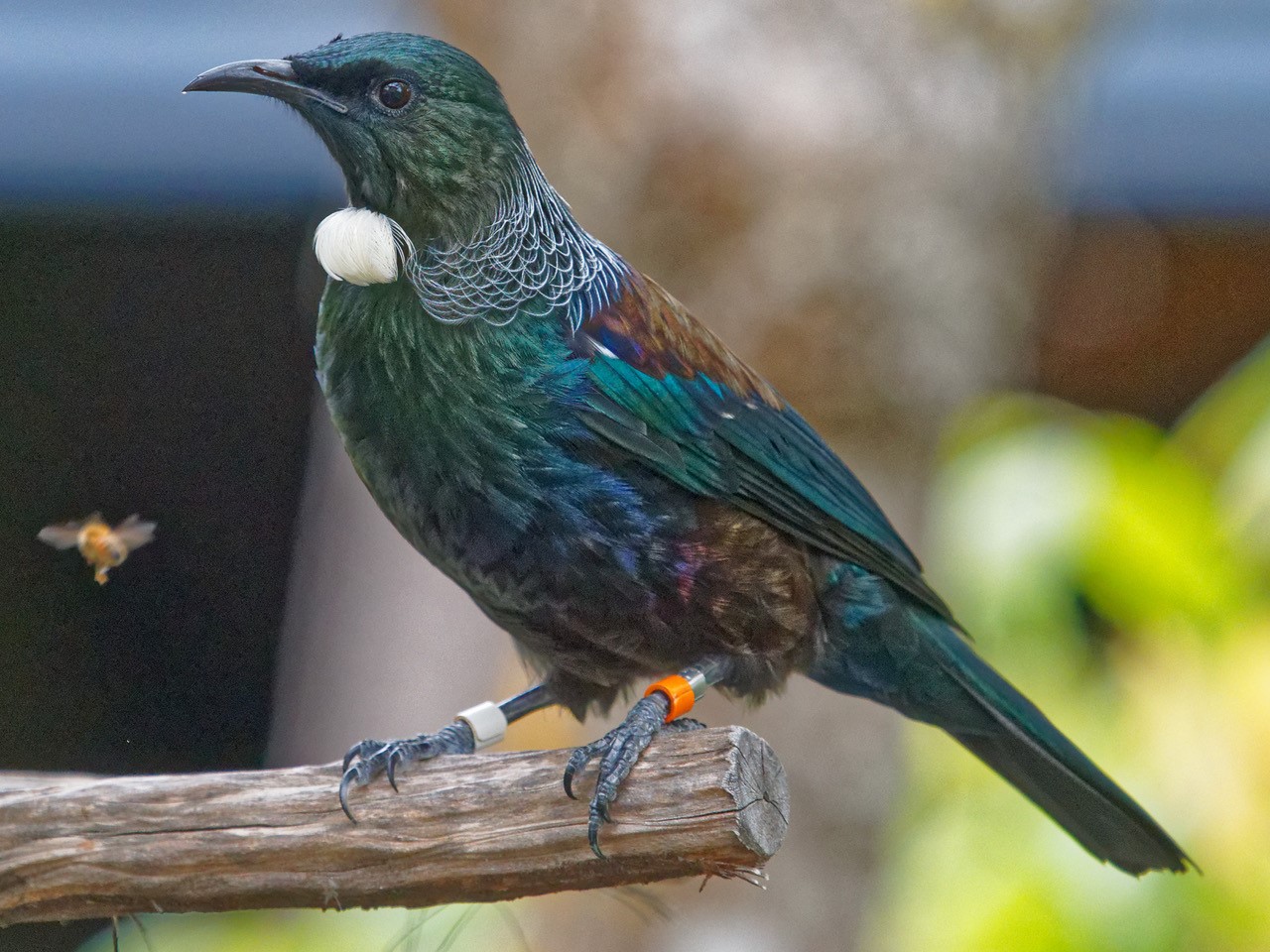WHAT IS TE KĀKAHU KAHUKURA?
Te Kākahu Kahukura is part of the overarching 2050 Ecological Vision for Banks Peninsula/Te Pātaka o Rākaihautū – see http://www.bpct.org.nz/bpct-2050-ecologicial-vision . While all 8 Goals of the Vision are relevant and interrelated, Te Kākahu Kahukura particularly supports Goal 4 which is to protect four core areas of indigenous forest of more than 1000 ha each.
This is a voluntary landowner and community driven initiative. It includes a range of private landowners, agencies, councils and organisations. It aims to facilitate and co-ordinate native forest revegetation and restoration on the Southern Port Hills. Around the core area of regenerating forest, landowners are encouraged to plant native plants and do pest and weed control in a way which supports a thriving indigenous forest plant community and allows native birds and other native fauna to move through the landscape.
WHAT DOES TE KĀKAHU KAHUKURA MEAN?
Kākahu means to dress or clothe as well as being a generic name for clothing and garments. It references the actions of Tāne Mahuta in clothing his mother Papatūānuku following the separation from his father Ranginui.
Kahukura is a significant atua known in Ngāi Tahu traditions as being responsible for cloaking the wreckage of Te Waka o Aoraki with plants, forests and swamps, and populating these places with all the varieties of indigenous birds that dwell there.
Kahukura is particularly important to the creation of the forests of Te Pātaka o Rākaihautū/Banks Peninsula and is remembered through the naming of a number of prominent peaks of the Port Hills including Te Tihi o Kahukura (Castle Rock) and Te Heru o Kahukura (Sugarloaf).
Kahukura is also known to take the celestial form of a rainbow and was central in local rituals and karakia. Kahukura is also a name for the native red admiral butterfly and literally means a cloak coloured with red ochre – another connection to the volcanic nature of the Port Hills.
Te Hapū o Ngāti Wheke and Te Taumutu Rūnanga provided the name for the project and support its use.
WHY THIS PART OF THE PORT HILLS?
The focus of Te Kākahu Kahukura is south of Victoria Park/ Rāpaki, extending towards Gebbies Pass, from the plains to Whakaraupō / Lyttelton Harbour, including Ōtamahua/Quail Island.
The Southern Port Hills and Ōtamahua/Quail Island provide a unique opportunity for a large forested area on the doorstep of metropolitan Christchurch and its surrounding townships.
While a substantial area on the Port Hills was affected by catastrophic fires in February 2017, the development of Te Kākahu Kahukura allows us to build on the collaborative projects that developed after the fire, as well as the substantial biodiversity work that is already underway, to plan for the regeneration and revegetation of the fire affected areas.
The project area already contains significant areas of existing and regenerating native forest and shrublands within reserves administered under the Reserves Act and private land under covenants.
There are no hard and fast boundaries to the project – anyone is invited to participate, but the core area has been chosen as a matter of practicality and because it already contains significant areas of existing and regenerating native forest.






